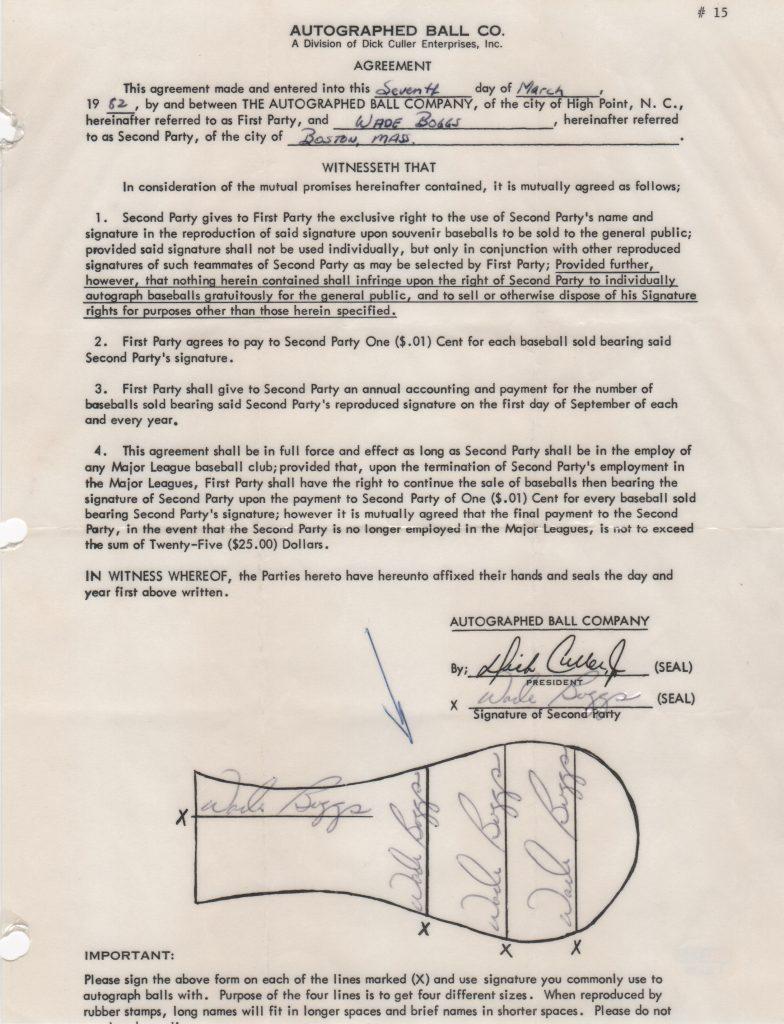
On July 11, 1989, during the 66th MLB All-Star Game at Anaheim Stadium, Bo Jackson and Wade Boggs made history. They became the first pair of players in All-Star history to lead off the first inning with back-to-back home runs.
Rick Reuschel, the National League pitcher, took the mound and quickly became the victim of the blasts. Jackson smashed a towering home run, setting the tone for the game.
In the announcer’s booth was Vin Scully, joined by guest and former president Ronald Reagan. After Jackson’s ball landed in the stands, Boggs worked the count to 3-and-2. On the next pitch, the Hall of Fame third baseman hammered Reuschel’s full-count offering. As the ball took flight, Reagan chimed in, “Hey, that looks like it’s going there too!”
Scully described the scene, “A rather electrifying moment here in Anaheim. With the National League leading two-to-nothing, consecutive home runs by Bo Jackson and Wade Boggs.”
These two early homers immediately erased the National League’s 2-run lead and tied the game. Jackson’s raw power and Boggs’ hitting precision sparked the offense and helped the American League maintain control.
The game ended with a 5-3 victory for the American League, with the heroics of Jackson and Boggs heroics playing a key role in the win. Jackson, a dual-sport star, and Boggs, a hitting legend, left their mark on the 66th All-Star Game, making it one of the most exciting starts in MLB history.
In the collection is a contract signed by Wade Boggs agreeing to have his signature appear on souvenir baseballs with stamped autographs.
The terms of the contract?
Boggs received one cent per ball sold. Interestingly Boggs signed the contract on March 7, 1982 but would not debut in the big leagues until April 10 later that year.
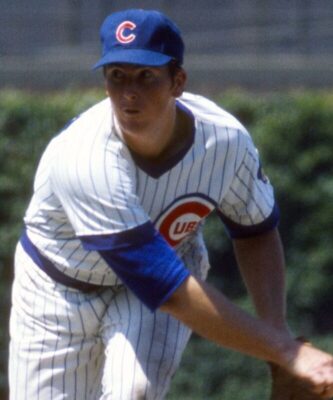
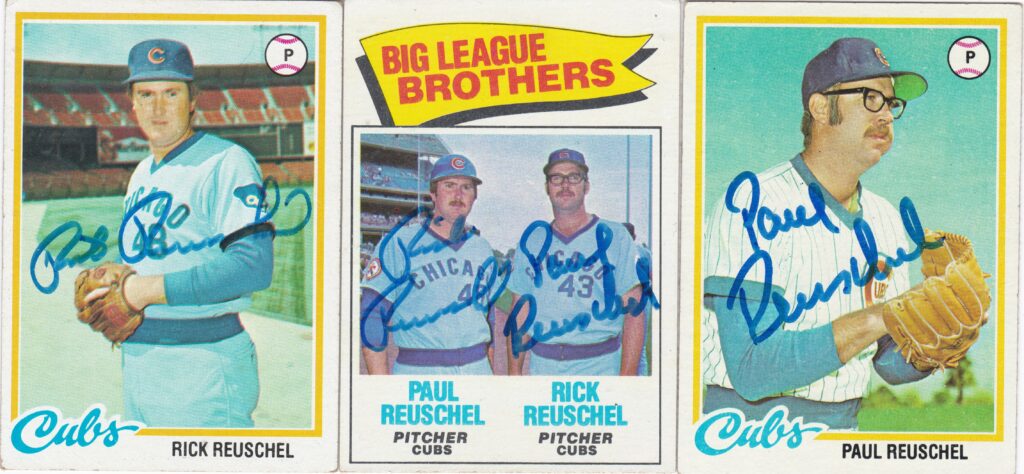
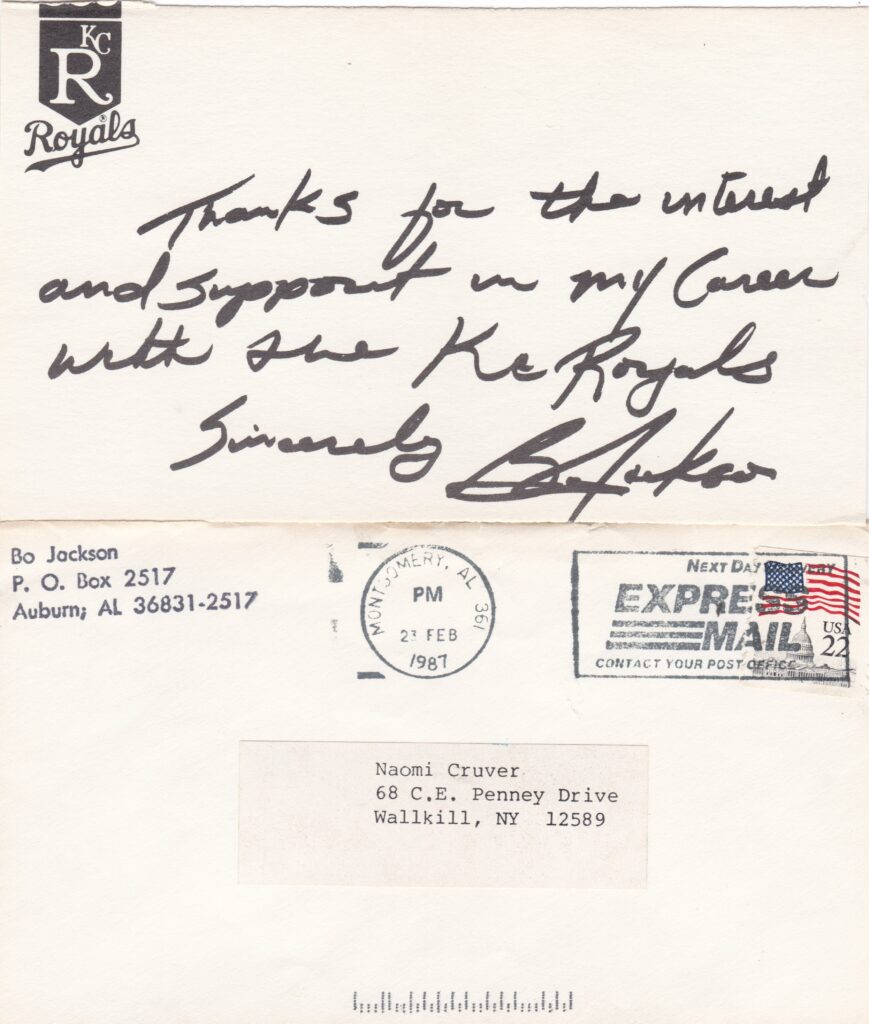

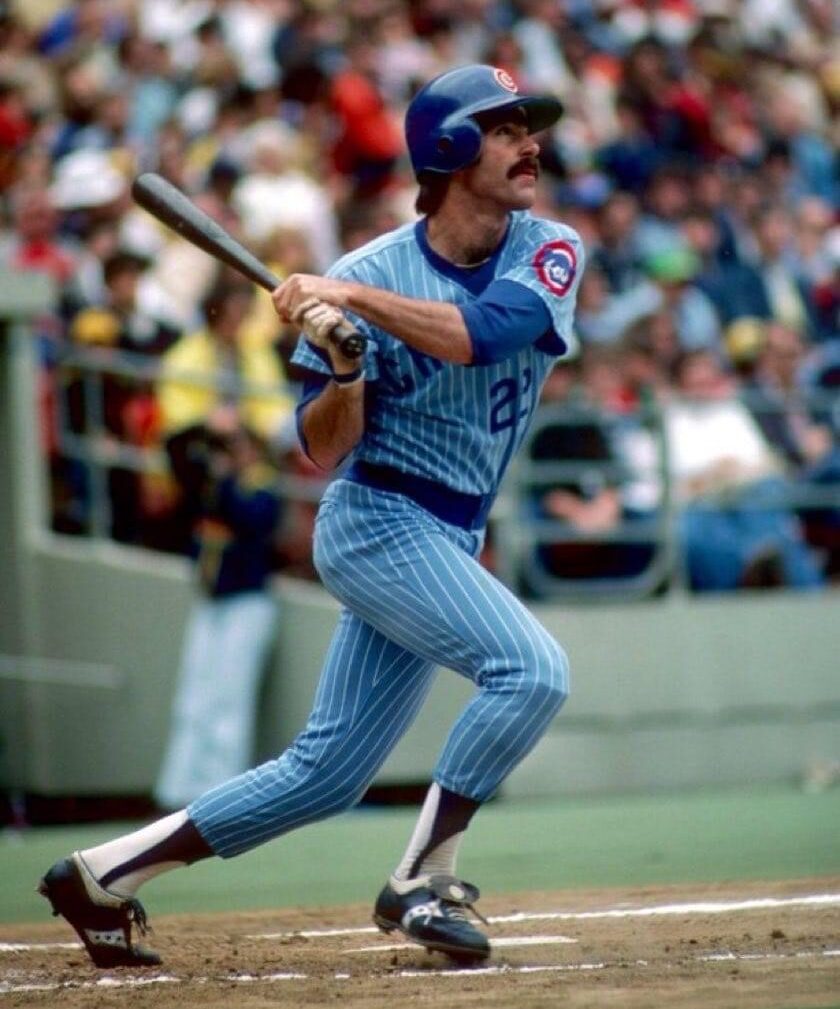
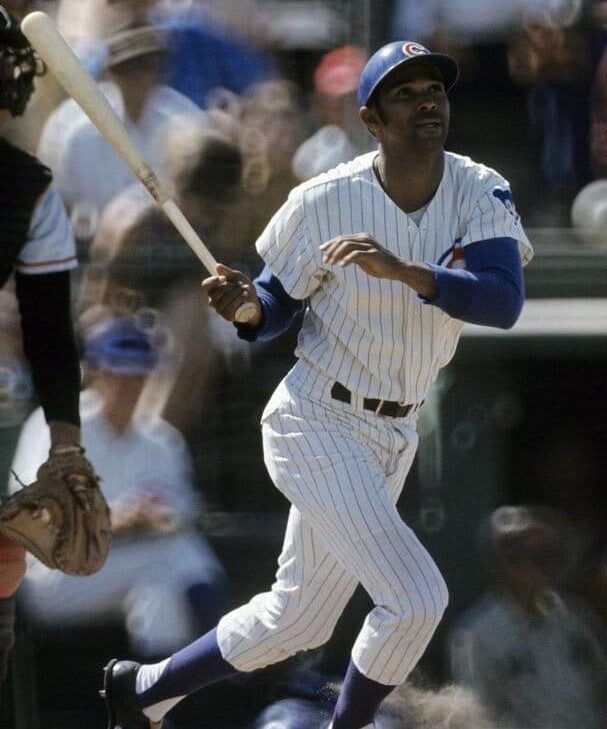
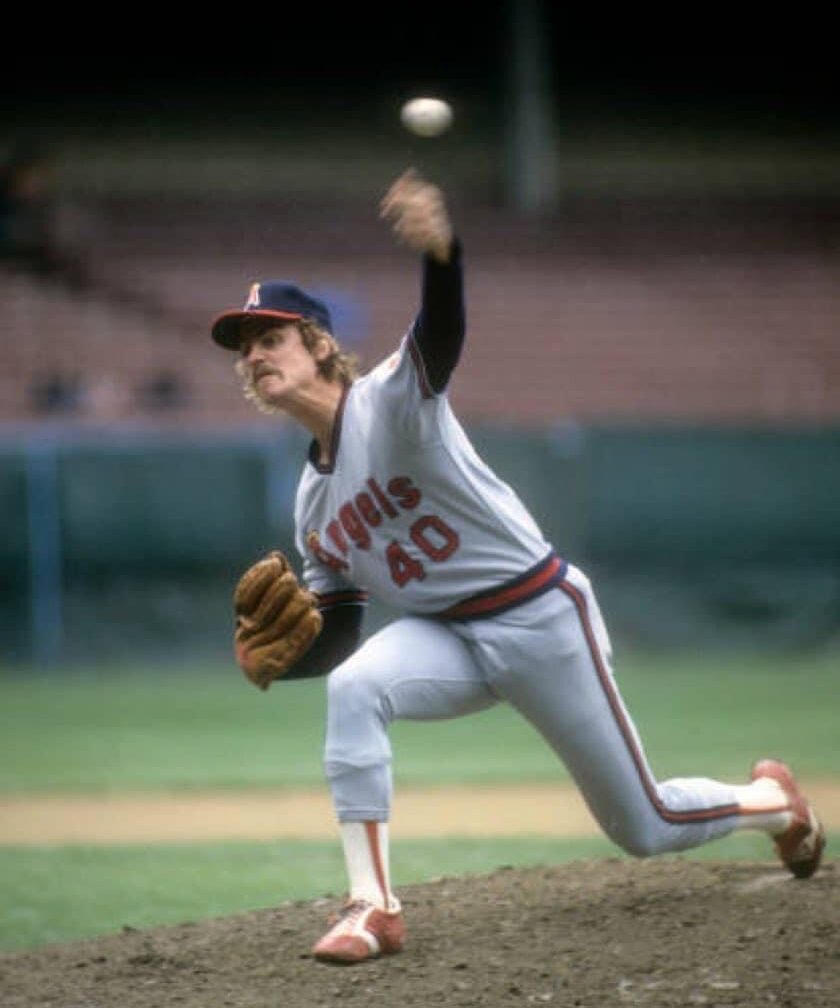
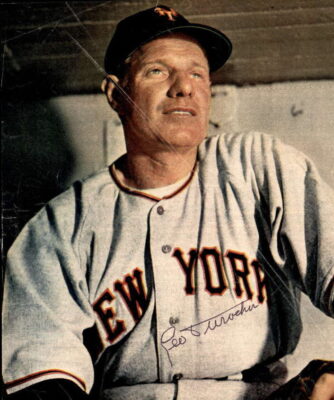
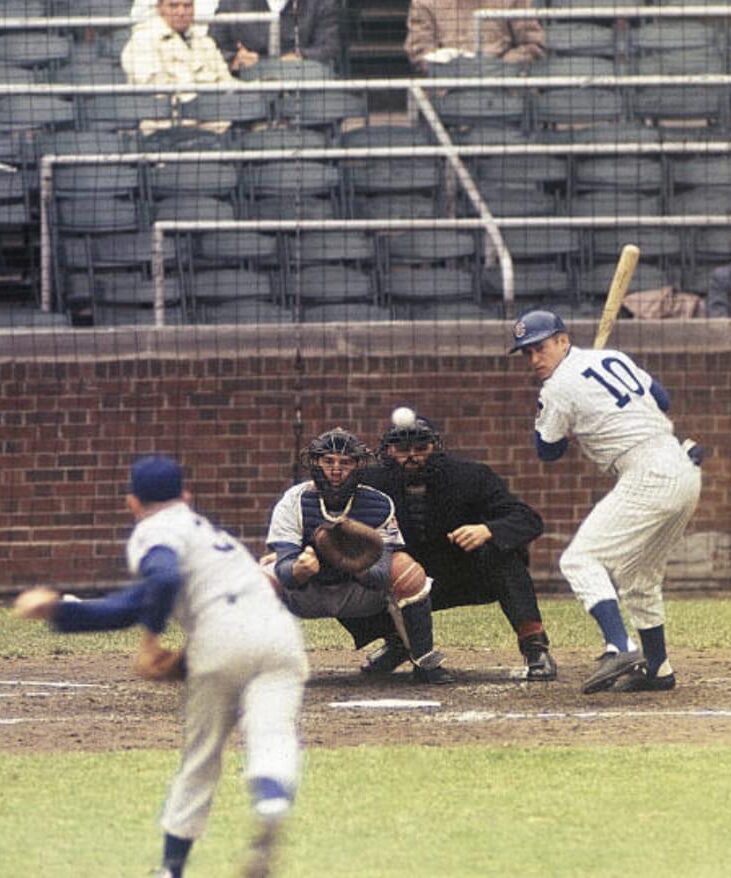
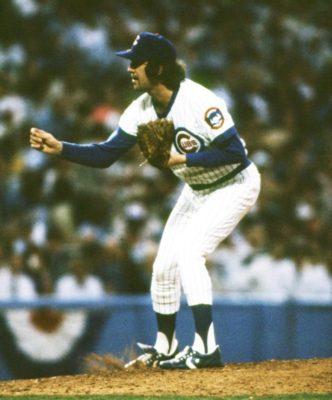
Big Daddy belongs in the Hall of Fame!
Wins are useful but often misleading. In 3548.1 innings Rick Reuschel had a WAA(wins above average of 37.9 according to baseball Reference. He should have been about 235-157 losses (37.9+(348.333/18)=37.9+197.1=235- (37.9*2)=235-157
Now he did not come close to that with 214=191 record because he got terrible run support for his career. He allowed 3.79 RA9 (runs per game) and the teams he pitched on in the parks they played in and the defensive they support received should have gotten 4.66 RA (runs per game allowed) which is how we arrive at about a 235-157 record. Only Reuschel only got 4.09 runs per game support for his career, and he pitched out of a very deep hole for his career. (see the career line here https://www.baseball-reference.com/players/r/reuscri01.shtml And pay attention to the career line in Player Value—–Pitching
When controlled for what I call team factor they were a .435 team (4.09/4.66)=.8777 squared=.770 divided by itself + one (1) or .770/1.770= .435. Now when we compare his support to the runs he allowed we would expect him to have a .538 win-lost percentage. 4.09/3.79=1.079squared=1.165 divided by 2/165=1.165/2.165=.538 But on his teams an average pitcher would have gotten 4.66 runs like the line on the Baseball Reference page and that means he would have been a .599 pitcher. Instead he was a .599 pitcher dressed in .528 won-lost stat attire.
And we can further proof that by using the .435 team factor in a formula or .500+(.528-.435)=.593. So think of him in a neutral world as somewhere between a .593 and .599 pitcher who would probably have been in the HOF for about 15 years